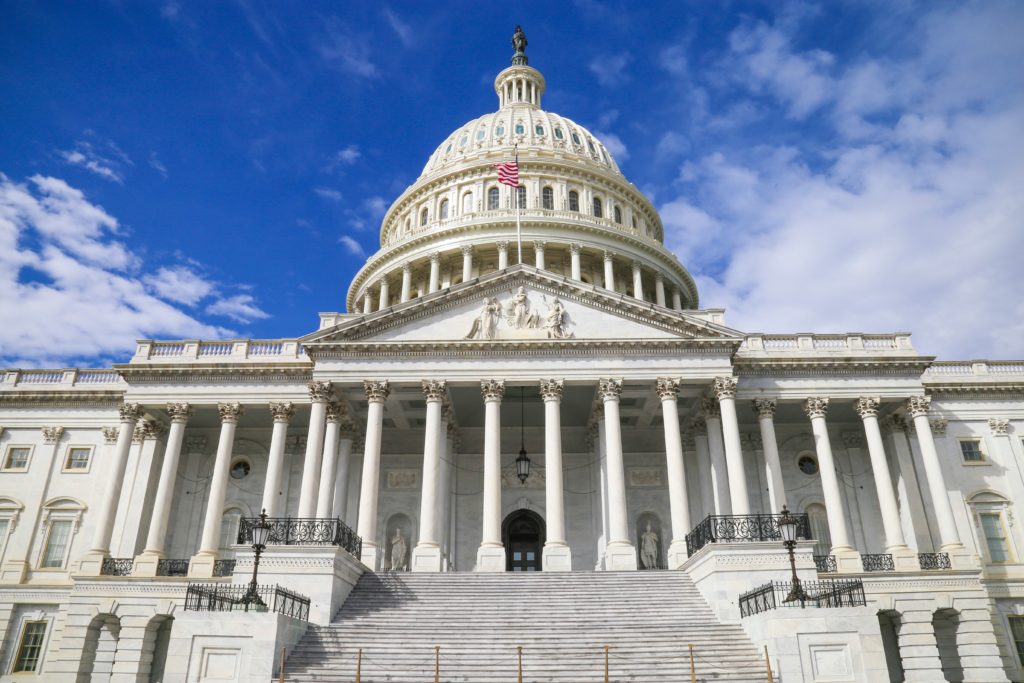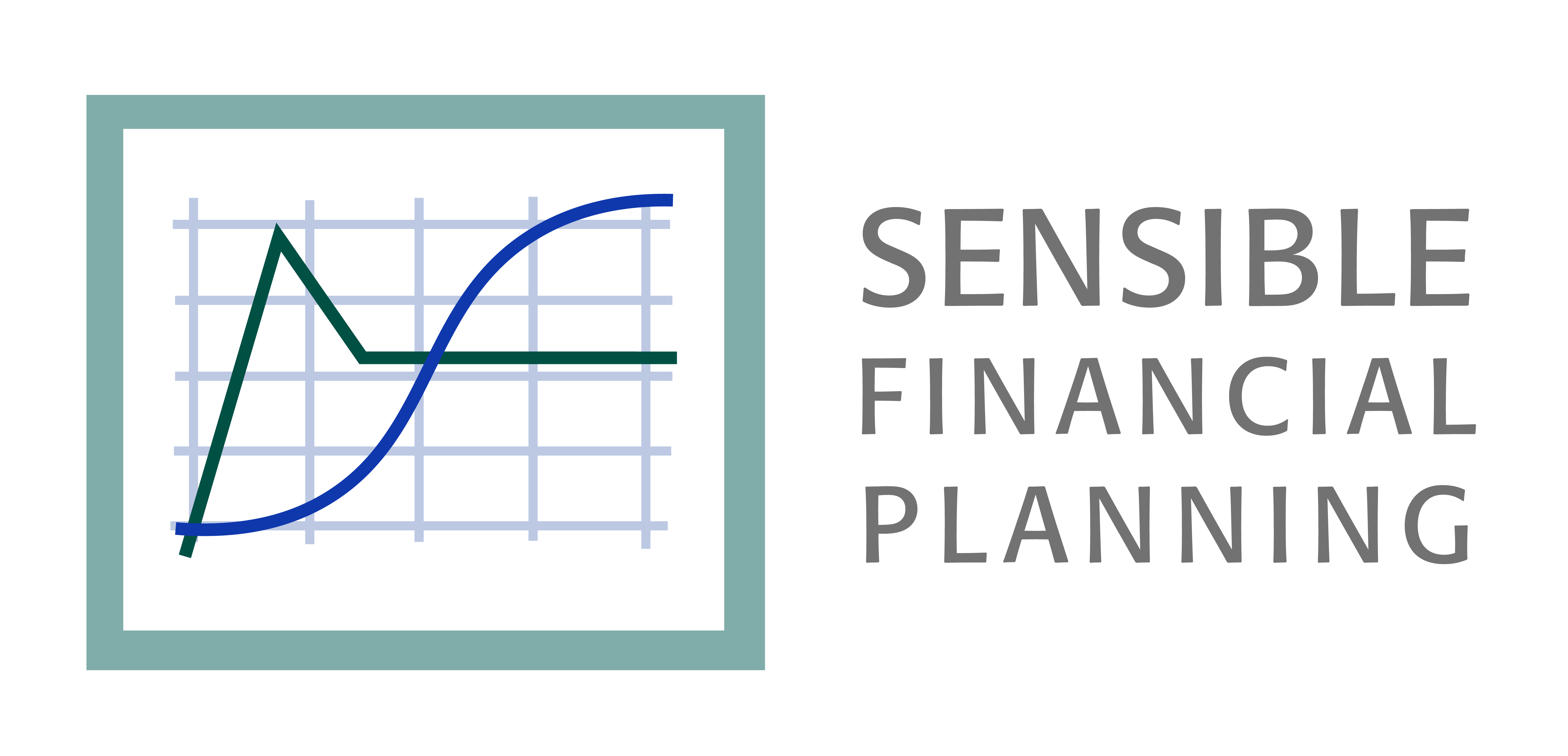
In today’s political climate, anytime a bill passes the House of Representatives by 417-3, it’s worth noting. In this case, it’s the SECURE Act, which stands for Setting Every Community Up for Retirement Enhancement, a bill making reforms to the retirement savings landscape. The bill passed the House on May 23rd. Though there appears to be strong support for similar legislation in the Senate (Retirement Enhancement and Savings Act), it has not received unanimous consent and will need to come before the full Senate, where it is stuck behind other priorities of the leadership. At this point, it is not expected to be taken up by the Senate until at least the fall.
Nonetheless, the strong bipartisan support it received in the House of Representatives says something about the prevailing views in Washington and suggests that the bill (or something like it) could eventually become law. SECURE has several provisions that could affect Sensible Financial clients. In what follows I will provide some high-level comments, recognizing that details will be better shared if the bill becomes law. This is not a comprehensive review, rather, it is a selection of items included in the bill.
The legislation is intended to address concerns about Americans outliving their money. According to a recent Federal Reserve report, one-fourth of non-retired adults have no retirement savings at all, including 13% of workers age 60 and older.
The proposed legislation addresses:
- Increasing access to and participation in retirement plans
- Changing the withdrawal requirements for assets in retirement accounts
- Disseminating information on the income potential of retirement assets
- Easing the process of converting retirement assets to lifetime income
Increasing access to and participation in retirement plans
401(k) plans are complex and costly to administer. As a result, many small employers do not offer retirement plans, or offer plans with high-cost mutual funds (some employers use a portion of these high fees to pay the costs of administering the plan). Employers can band together to create multi-employer plans, thereby spreading the costs of plan administration across a larger base, but there are currently restrictions on these programs. The legislation removes some of the restrictions. This is likely to make it much more attractive for large, efficient 401(k) service providers such as Vanguard, Fidelity and T Rowe Price to serve small employers. Small employers would then have access to better plans at lower cost.
SECURE also encourages more businesses to offer 401(k) plans by increasing tax credits available to help offset the costs of establishing a plan, and by offering additional tax credits for companies that implement auto-enrollment of employees. The legislation also increases the percentage of compensation that can be incorporated into auto-enrollment programs.
Additionally, SECURE has provisions that will broaden access to employer-sponsored plans for part-time workers, students receiving fellowship or stipend money, and home-care workers.
Various studies suggest that more than a third and possibly as many as half of private-sector workers do not have access to a workplace retirement-savings plan. We believe that these changes to 401(k) plan rules will encourage the creation of more 401(k) plans and permit more workers to save in a tax-advantaged manner.
The legislation also allows older workers to continue to contribute to traditional IRAs beyond the current age limit of 70 ½. This means people still working into their seventies can continue to save in a tax-advantaged manner through an IRA (contributing to a 401(k) or Roth IRA past age 70 ½ is already permitted if you are still working).
Changing the withdrawal requirements for assets in retirement accounts
Required Minimum Distributions (RMDs) are IRS-mandated withdrawals from retirement accounts. The specific amounts stipulated in the tax code are designed to distribute most of one’s tax deferred assets by the end of life (assuming a long life), rather than allowing retirement accounts to be large inheritance vehicles. Currently, RMDs must start in the year one turns 70 ½ (for Traditional IRAs and 401(k)s if you are not still working). The proposed legislation changes that to age 72.
This change (if it becomes law) means greater flexibility in starting your retirement withdrawals, and financial planners will analyze the various timing options to compare benefits. For example, starting RMDs at 72 adds 1 ½ years of tax deferral but concentrates withdrawals in a smaller number of years, increasing the taxable income in a given year. In addition, Roth conversions often occur in the years between retirement and when RMDs start. This period is now stretched out, increasing Roth conversion possibilities. Another consideration is Medicare Part B premiums – they are based on income, so concentrating income in a smaller number of years could conceivably push you into a higher Medicare cost band.
SECURE significantly changes the rules around Inherited IRAs. Inherited amounts will now need to be withdrawn over not more than ten years, thereby limiting a technique called a “stretch IRA”. Associated taxes for pretax IRAs on the inheritor would therefore come sooner and in larger amounts than under current rules (note: the new rules will not apply to spouse inheritors, and the 10-year period will only start once children reach the age of 18). Though the details are beyond the scope of this article, this change could affect certain estate planning techniques, including changing the relative attractiveness of Roth conversions, the purchase of life insurance policies for the payment of taxes, and the use of charitable remainder trusts.
Disseminating information on the income potential of retirement assets
Income generated by 401(k) assets is one piece of retirement income. The SECURE Act will require 401(k) plan administrators to produce “Lifetime income disclosure statements” annually, which will show the amount of monthly income a participant’s balance could support. Participants and their advisors could then combine this assessment with the income projections from their Social Security account to get a more accurate summary of their retirement income potential.
Easing the process of converting retirement assets to lifetime income
Today, employers are permitted to offer their employees lifetime income options (e.g., income annuities) in their 401(k) plans, and some employers do. However, many employers do not offer these products because of liability concerns in selecting a provider. The SECURE Act reduces this risk for employers, which should increase the prevalence of income annuities in retirement plans.
Sensible Financial recommends some income annuities in certain circumstances; other income annuities and variable annuities are excessively expensive and complicated. We work with our clients to help them determine whether and how these products fit their circumstances.
In summary, the SECURE Act, passed by the House of Representatives (but not yet the Senate), would make important changes to the retirement landscape if it becomes law, including:
- Small employers will have lower-cost options to offer 401(k) plans to their employees, and more employees will have access to these plans
- RMDs can be started later, but there will be less ability for heirs to stretch the payments
- More information will be provided that will help employees translate assets (hard to interpret) into income (easy to interpret)
- It will be easier for employers to offer income annuitization, so more workers will have this as an option
Sensible Financial will be monitoring this proposed legislation and incorporating it into our financial plans if it becomes law. Please contact your financial advisor if you have questions.
Since we published this article, the legislature has made changes to the SECURE Act which I wrote about in a subsequent article.
